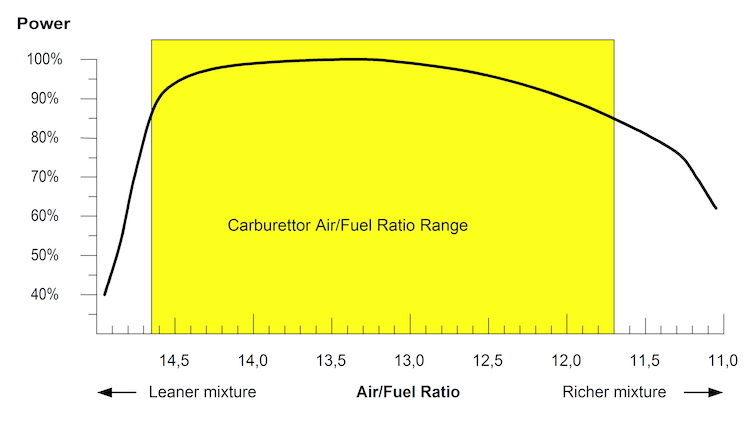Why the Carburetor is history.
Most of us old enough to remember motorcycles with carburetors find ourselves longing back to the simpler days where we could understand the air/fuel mixing process and fix the carburetor in the garden shed when something went wrong.
The main reason why we loved the carburetors was threefold:
• We understood the technology (or thought we did)
• We could fix the carb ourselves when a nozzle clogged up
• Throttle action was soft and easy to control, as opposed to the hard, on/off like, throttle action on the fuel injected bikes.
The carburetor was a very fine mechanical instrument, but actually never completely suitable for mixing air and fuel !
It may seem like a rough statement after 100 years with the carburetor, but there was a few things fundamentally wrong with the carburetor:
• Mechanical wear in jets, nozzles, needles, and slides could change the air/fuel ratio dramatically over time.
• No compensation for air pressure or air temperature.
• Even the best and most accurate adjusted carburetor would provide a much wider air/fuel ratio (AFR) range than the electronic fuel injection.
Even if you was always running the engine in the same temperature and air pressure conditions the carburetor would still be working across a wider AFR range than a properly programmed electronic fuel injection.
But as real life conditions are never stable, the carburetor bike would:
• Run richer on a hot day and leaner in cold weather.
• Run richer in the mountain pass and leaner near sea level
• Run richer on a rainy day (Low air pressure) and lean in sunshine (High air pressure)
So the only reason why the carburetor actually worked was that emission standards was not present or not very tight, so the carburetor was allowed to (and had to) use the entire air/fuel ratio range.
As you will see on the AFR vs. Power chart from the last chapter, the carburetor could provide reasonable results, and we all accepted the carburetor because we did not have better alternatives.

The entire industry had more than a hundred years of experience with the carburetor, and the manufacturers, the dealers, the mechanics and the customer was all confident with it, and if the tightening emission regulations had not killed the carburetor, we would probably still have it on our bikes.
In the early 2000’s it became increasingly harder to get carburetor bikes approved, and the new emission standards introduced in 2006/2007 finally killed the carburetor on road legal motorcycles.

| 




